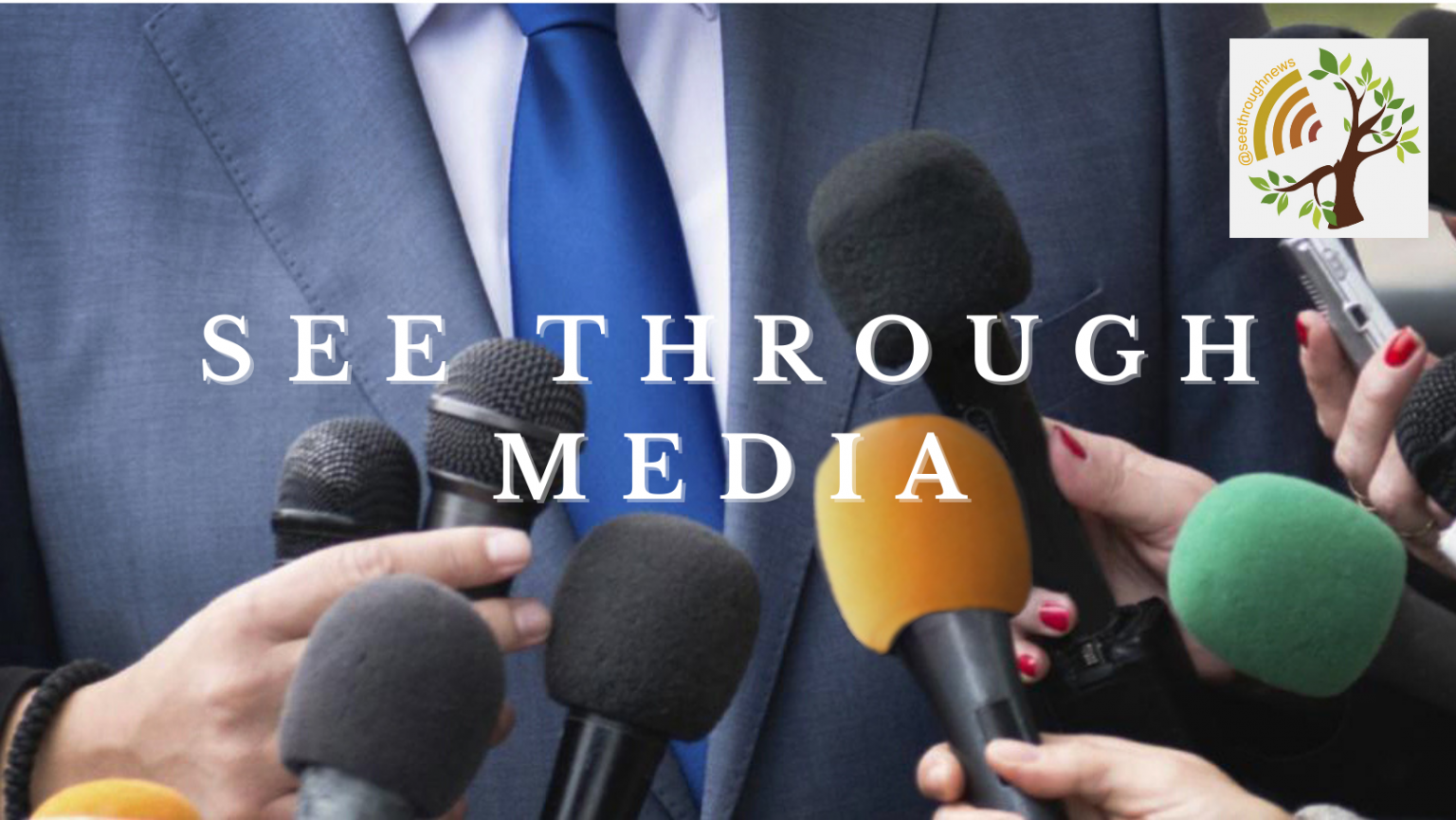
A recent review of UK newspaper editorials on climate change makes for interesting – we dare not yet say encouraging – reading.
The survey was a collaboration between Carbon Brief and Exeter University that analysed major newspaper editorials over the past decade. Broadly speaking,
climate denial no longer sells papers, but flag-waving on green issues does.
The Changing Face of Climate Action
The report bears closer scrutiny, and there’s a lot of important nuance in the details. Some key points the authors flagged:
- In 2011, most editorials about renewables framed them as ‘too expensive’. A decade later, most frame them as ‘good investments’.
- The last mainstream media editorial to explicitly question climate science was in the Daily Telegraph in 2018.
- 5x more editorials referenced the climate benefits of renewable energy v. those that referenced the climate benefits of nuclear power.
- 110 editorials supported fracking, 26 opposed it.
- Right-leaning papers published 2x as many editorials criticising renewable energy (especially wind) as those praising renewables.
- Between 2011-2021 there were 556 pro-climate action editorials, and 63 anti-climate action.
For fans of human civilisation, parents, or readers of the IPCC reports, this report is a mixed bag.
Good News or Bad News?
Whether you find it uplifting or depressing probably says more about you, than any volte-face on climate action by the British media.
- Glass-Half-Full types will note all the trends are positive in terms of responsible reporting on the climate crisis.
- Glass-Half-Empty types will note how painfully slow this change has been, with billionaire-owned papers the biggest and slowest of all.
- See Through News, being of the Glass-At-50%-Capacity persuasion, merely reports that both of these are true.
So it seems that for the most part, the Media Heads of the Three-Headed Beasts remain an obstacle, and not a bridge, to carbon drawdown.

